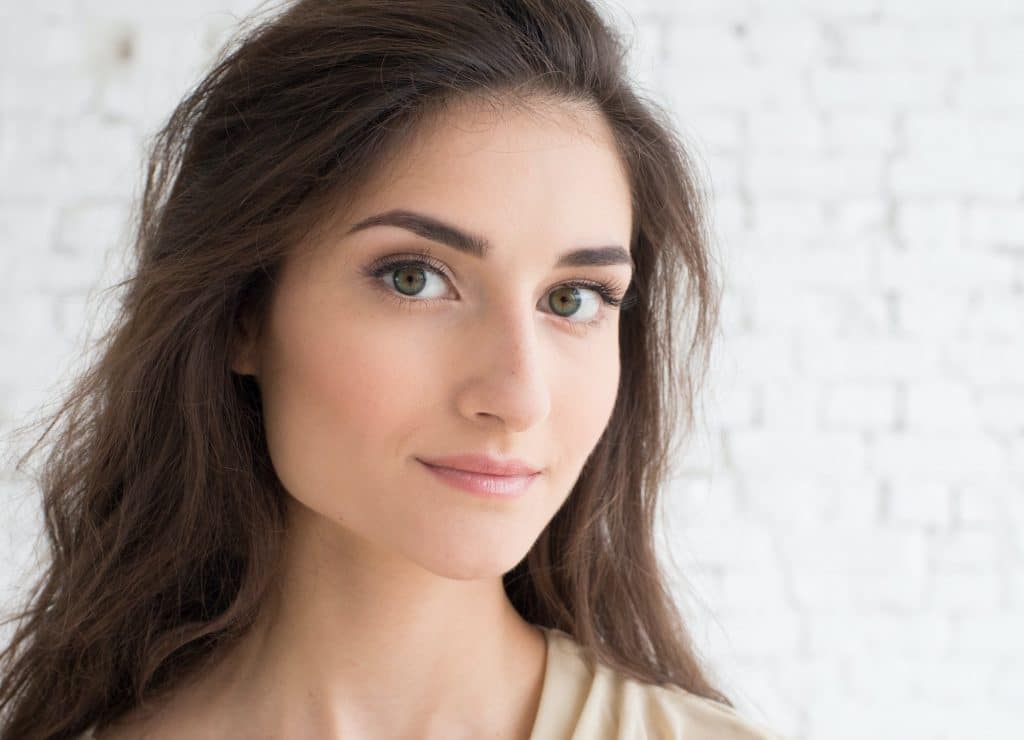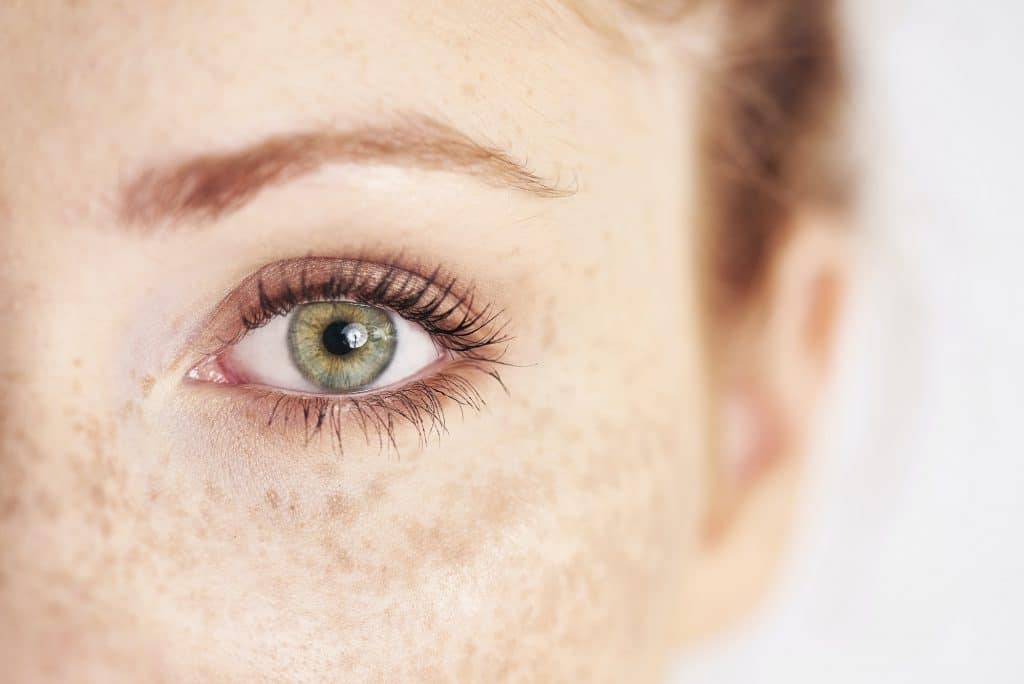What Your Eye Color Says About You
The eyes are the window to the soul. That may be true, but they can also tell us more about a person, including some health information and personality traits.
While it is still not fully understood how some eye colors are made, scientists and doctors know that melanin is a leading factor in determining common eye colors like brown, blue, and hazel. Higher levels of melanin will cause your eye color to be darker, while lower levels of melanin will cause your eyes to be a lighter color.
Brown
Brown eyes are the most common throughout the world. The higher that amount of melanin will make brown eyes appears darker and even black in some cases. These high levels of melanin help fight off eye cancers, macular degeneration, and diabetic retinopathy. However, this common eye color does come with some risks. Research has shown that people with brown eyes are at a higher risk for cataracts. Brown-eyed people are often seen as being more trustworthy, loyal, smart, and gentle.
Blue
The second most common eye color is blue. People with blue eyes have lower levels of melanin and tend to be more sensitive to light. Having blue eyes can increase your risk for macular degeneration as well as uveal melanoma, a specific form of eye cancer. Research has also shown that people with blue eyes tend to have an increased risk of getting type 1 diabetes and becoming addicted to alcohol. However, it is not all bad news if you have blue eyes. Some studies have shown that people with blue eyes have a higher pain tolerance compared to those who have different eye colors. People who have blue eyes are seen as more kind, alluring, and sometimes cold and intimidating.
Hazel
Hazel eyes are made from a combination of colors, usually a mix between green and blue or green and brown. While hazel eyes are relatively common, scientists don’t know precisely how the different eye colors mix to produce hazel. People who have hazel eyes tend to be more sensitive to light and are at a higher risk for macular degeneration and intraocular melanoma. Other studies have shown that people with hazel eyes are more prone to having issues with their digestive tract, liver, and gallbladder. People who have hazel eyes are often seen as outgoing, witty, and sensitive.
Green
Green is an extremely rare eye color. In most cases, people who have green eyes are born with blue or gray eyes that change over time to green, usually by the time they are six months old. People with green eyes, much like those with blue or hazel eyes, tend to be more sensitive to light and are at a higher risk for macular degeneration and intraocular melanoma. People with green eyes are commonly seen as creative, mysterious, self-sufficient, and sometimes even devious.
Other eye colors, such as gray and violet, are much rarer and are frequently caused by a lack of melanin or even gene mutations. If you have any questions about the health risks associated with your eye color, speak to your doctor about your specific risks.



